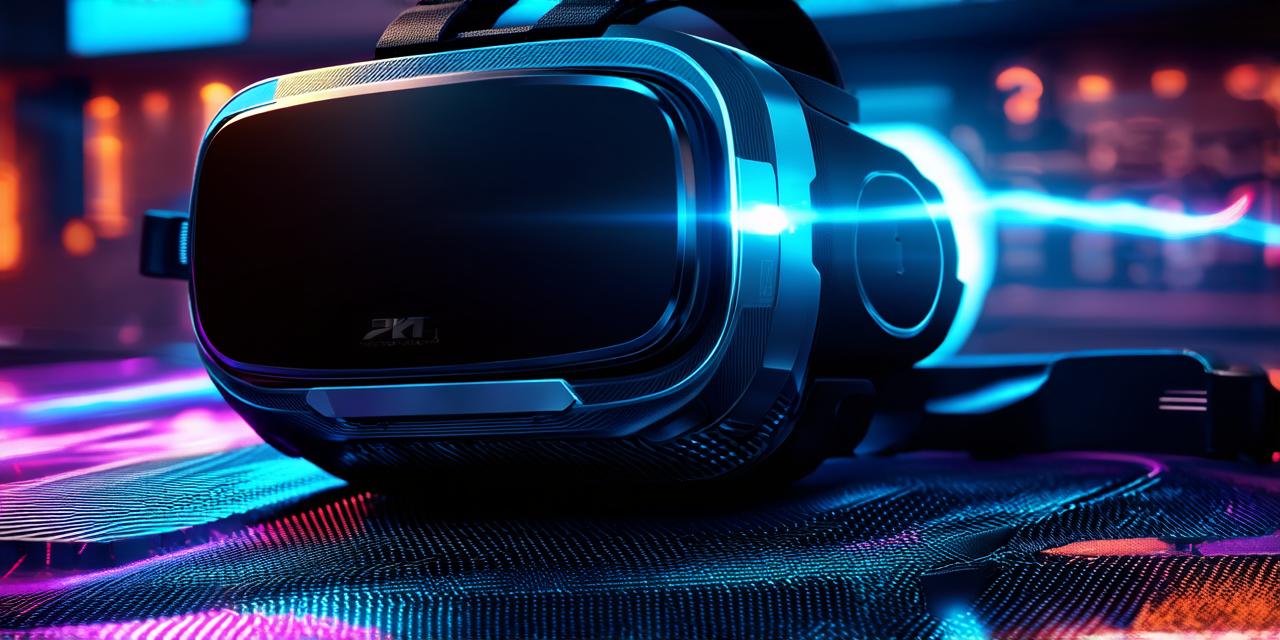Virtual reality (VR) is a rapidly growing technology that is becoming increasingly popular in a variety of industries, from gaming to healthcare. For developers looking to create immersive VR experiences, it’s important to have a solid development roadmap in place to ensure success. In this guide, we will walk you through the steps involved in creating a VR development roadmap, including how to conduct market research, choose the right tools and technologies, and plan for testing and launch.
1. Market Research:
Before you start developing your VR experience, it’s important to conduct thorough market research to determine the demand for your product and identify your target audience. This includes analyzing the competition, understanding consumer needs and preferences, and determining which platforms and devices will be most effective for reaching your target market.
2. Define Your Goals:
Once you have a clear understanding of the market, it’s time to define your goals for the project. What do you want to achieve with your VR experience? Are you looking to create an educational tool, a gaming platform, or something else entirely? By setting specific and measurable goals, you will be better able to stay on track and measure success throughout the development process.
3. Choose Your Tools and Technologies:
With so many tools and technologies available in the VR space, it can be overwhelming to decide which ones are right for your project. Some popular options include Unity, Unreal Engine, and A-Frame. It’s important to choose a tool that is well-suited to your goals and experience level, and to invest in the necessary hardware and software to run your VR development environment.
4. Develop Your Prototype:
Once you have your tools and technologies in place, it’s time to start developing your prototype. This is an opportunity to test out your ideas and get feedback from potential users. It’s also a good time to identify any technical challenges or roadblocks that may arise during the development process.
5. Testing and Iteration:
As you continue to develop your VR experience, it’s important to conduct regular testing and iteration to ensure that your product is user-friendly and engaging. This includes user testing, performance testing, and quality assurance testing. By incorporating feedback from testers and making adjustments as needed, you can refine your VR experience and improve its overall quality.
6. Launch and Promotion:
Once your VR experience is ready to launch, it’s important to develop a marketing and promotion strategy to reach your target audience. This includes developing a website or landing page, creating social media campaigns, and reaching out to influencers and media outlets for coverage. By building hype around your product and generating interest from potential users, you can increase the likelihood of success.
7. Post-Launch Support:
Even after your VR experience has launched, it’s important to continue providing support and updates to keep users engaged and satisfied. This includes fixing bugs and addressing issues that arise, adding new features and content, and responding to user feedback. By prioritizing post-launch support, you can build a loyal user base and ensure the long-term success of your product.
FAQs:
What are some popular VR development tools and technologies?
Unity, Unreal Engine, and A-Frame are all popular options for VR development.
How do I conduct market research for my VR project?
Market research can be conducted through surveys, focus groups, competitor analysis, and online research.
What is the importance of testing and iteration in VR development?
Testing and iteration are crucial to ensure that the final product is user-friendly and engaging. It allows developers to identify and fix issues before launch, and make adjustments based on user feedback.
How can I promote my VR experience after it has launched?
Marketing and promotion strategies include developing a website or landing page, creating social media campaigns, and reaching out to influencers and media outlets for coverage.
Conclusion:
Creating a VR development roadmap is essential for success in the rapidly growing virtual reality space.
